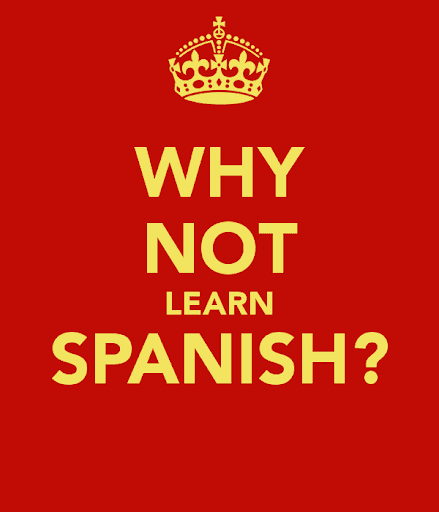Argentina Patriotic Symbols
On every 25th May we commemorate the revolution that took place back in May 1810 in Buenos Aires, which by that time was the capital of Virreinato del Río de la Plata. The porteños were still dependent of Spain as a colony and governed by the local virrey (viceroy) Baltasar Hidalgo de Cisneros. Fernando VII was in the throne during that time, until Napoleon Bonaparte started his expansion and assigned his brother José Bonaparte as the new king of Spain. Unhappy with their political situation, the citizens of the Virreinato del Rio de la Plata in Buenos Aires were determined to act upon it. In the year of 1810, between 18th May to 25th May a number of meetings were held at Cabildo and Plaza de Mayo, where there would be discussions to democratically decide what to do next. They didn’t respect the figure of the Virrey, and they did it even less now that he wasn’t even responding to the rightful king of Spain. The citizens wanted Cisneros to abdicate so that they could take a chance on their own independence. They ended up developing the Junta, an association of people from different social classes who were to replace the virrey Cisneros.
We’ve marked the 25th May as the day of “Revolución de Mayo” (May Revolution) because it was that very day that had kickstarted all the very important chain events which eventually led us to our independence on 9th July, 1816.
The 25th May is a national holiday and there is definitely a richer sense of patriotism in the air during that time of the year (and also around 9th July). You will probably see one of the following items being displayed around in city or small versions being sold at shops. Let me take this opportunity to tell you the meanings of the four major elements that represent Argentina.
Cockade Escarapela Argentina
An “escarapela” is a little piece of ribbon that one attaches to one’s clothes with a pin during national holidays.
Our escarapela was born on 25th May, 1810, when a couple of citizens, ordered by Domingo French and Juan Manuel Beruti, stood in Plaza de Mayo and gave out these blue/light blue and white and red ribbons to the rebels to wear in order to show unity and organization. In 1812, the escarapela was declared to be a national symbol and that these were to be bicolor, light blue and white; not red anymore because that was the color that represented Spain and the conservative party.
Nowadays, it is common to see people with one of these escarapelas pinned to their clothing during the Semana de Mayo (18th to the 25th of that month), our Independence Day on 9th July and our flag day on 20th June.
Argentine Flag


The current Argentine flag is based on the first design by Manuel Belgrano back in 1812. He chose light blue and white thinking of the escarapelas that had emerged for the first time two years before. It is believed that he was also thinking of the colors of the Virgin’s garments and the colors of the sky. The sun that is currently in the middle of the white streak (and in some one peso coins) is based on an Incan design that represents Inti, their god of the sun. The sun refers to “Sol de Mayo” (Sun of May) because it alludes to the start of the Independence Revolution of the countries that formed Virreinato del Río de la Plata.
Argentina National Crest and National Crest
This crest was officially declared to be a national symbol in March 1813. It can be depicted by the meaning of the different elements that construct it, like the light blue and white background suggesting the national flag. The image of the two hands shaking symbolizes the union between the provinces to become one country. The red hat is called “gorro frigio” and it symbolizes liberty, equality and sacrifice. The reason the hands are holding it up is to represent that the people are committed to these values. The laurel branches at the sides stand for victory and glory, and lastly, the sun on top is a newborn sun, as a symbol of truth and prosperity.
Click here for the Argentina National Anthem Anthem


SUN OF MAY ARGENTINA


This sun represents the Inca sun god also named the Sun of May. Originally engraved on an 1828 eight escudo. This was the 1st coin of Argentina and approved in 1813 by the Constituent Assembly. In 1978 became embroidered in the official ceremonial flag.







